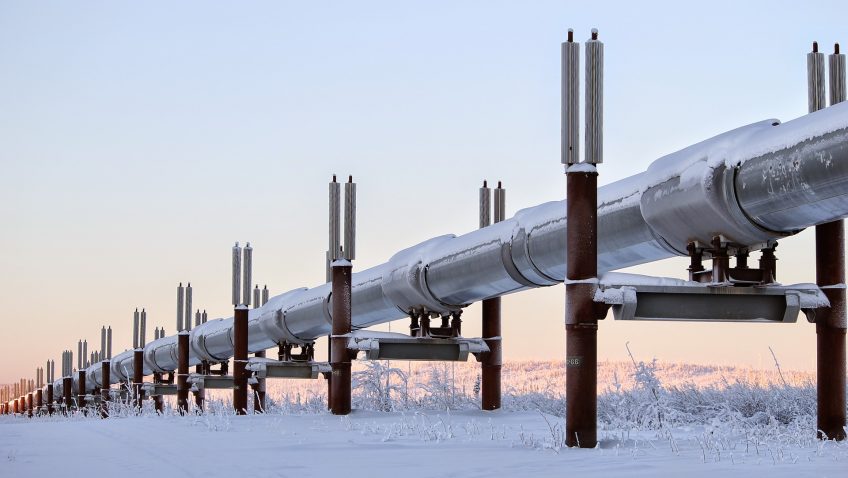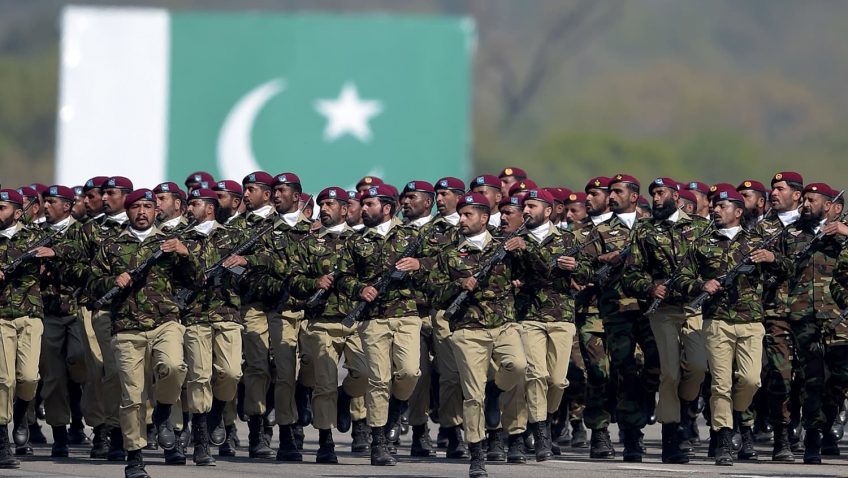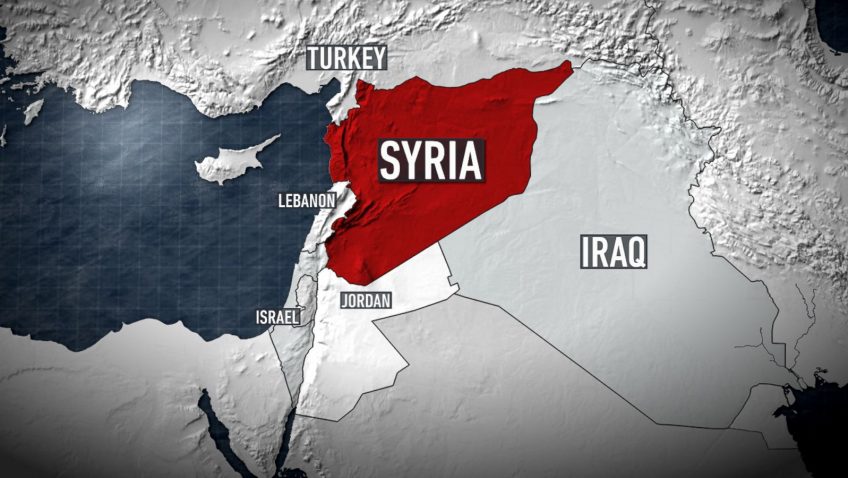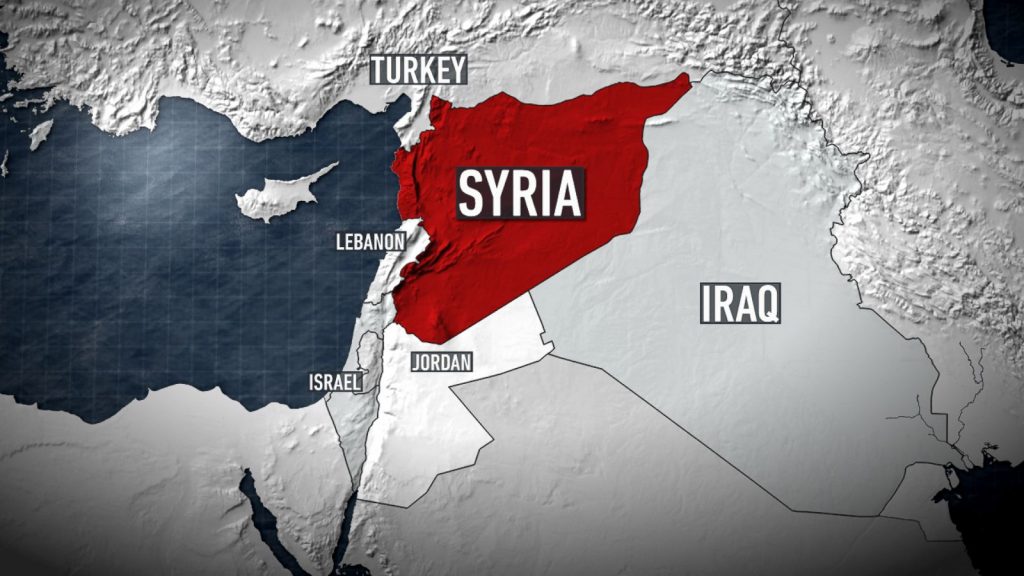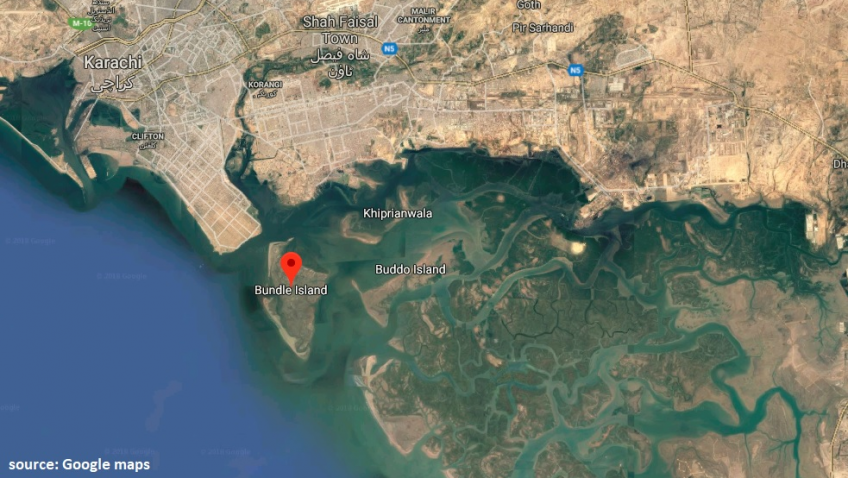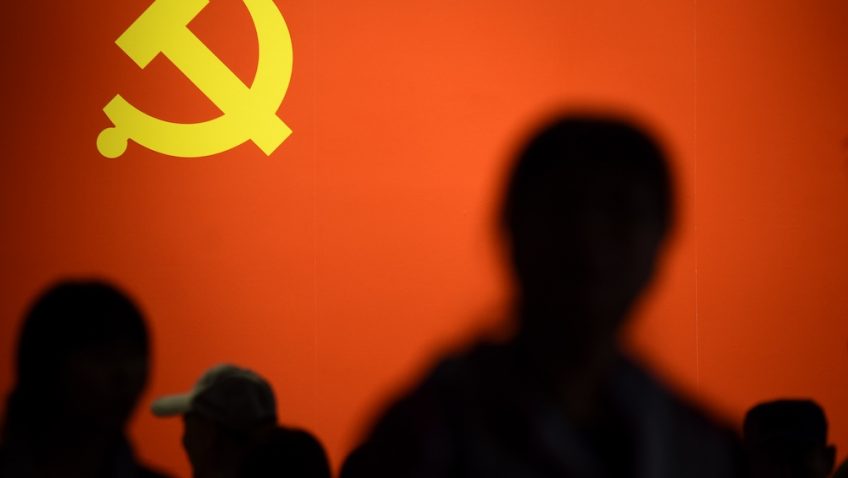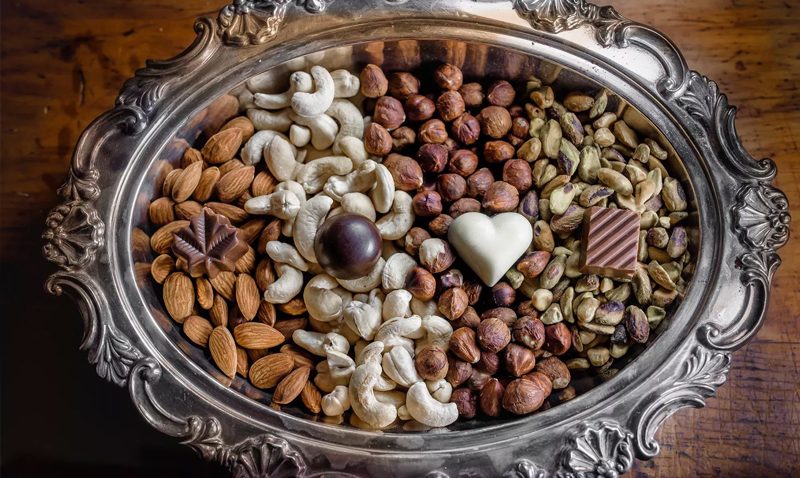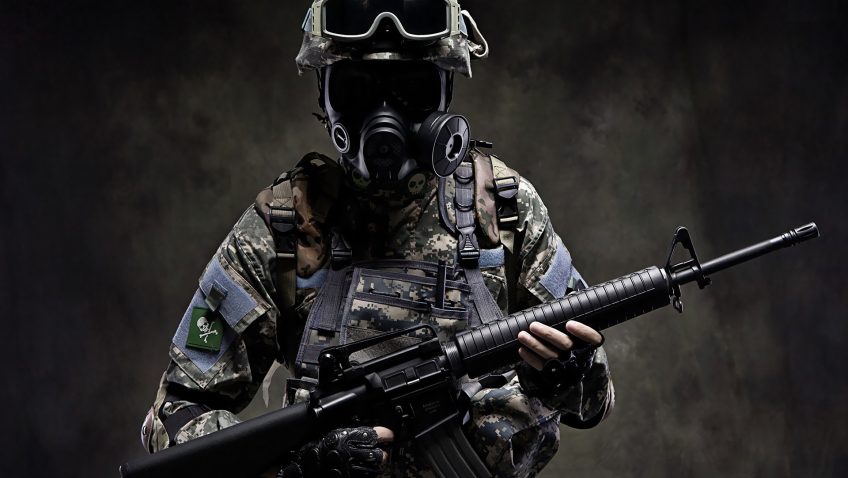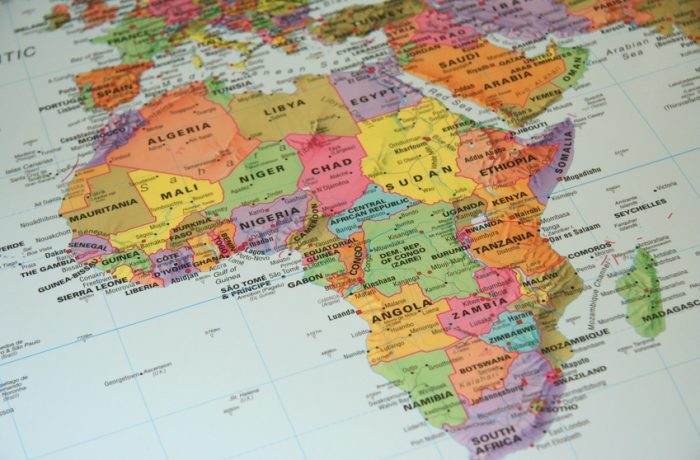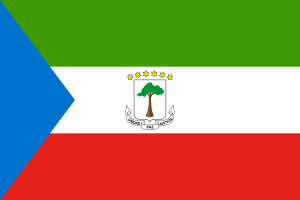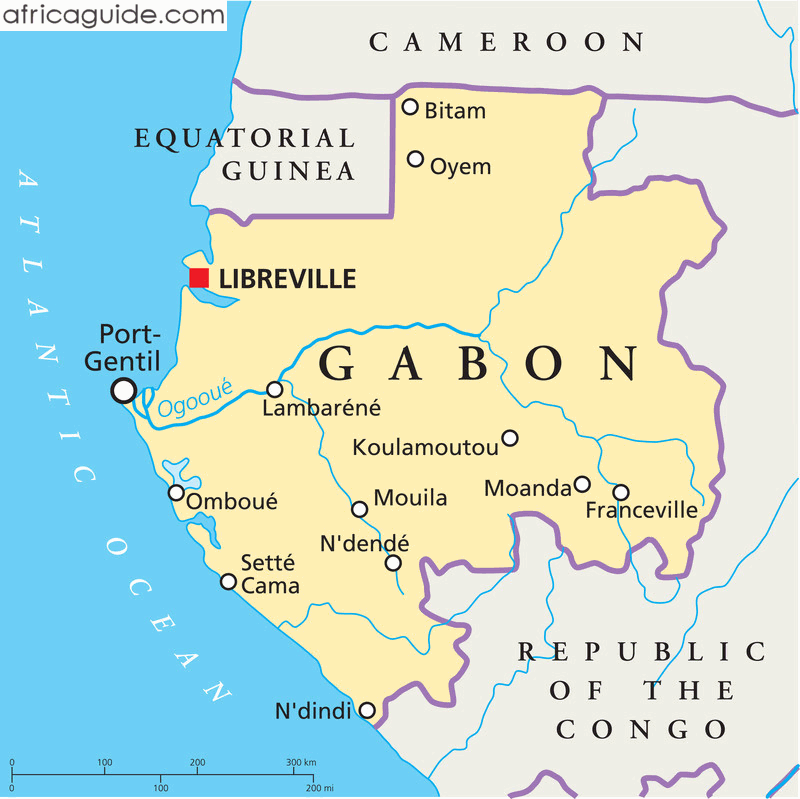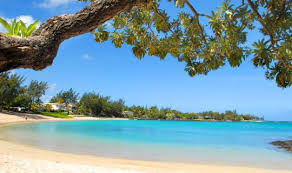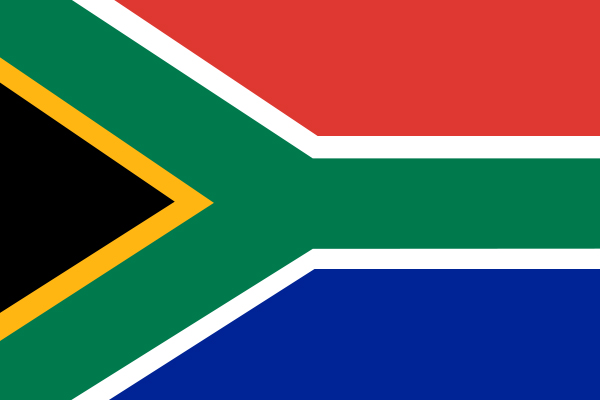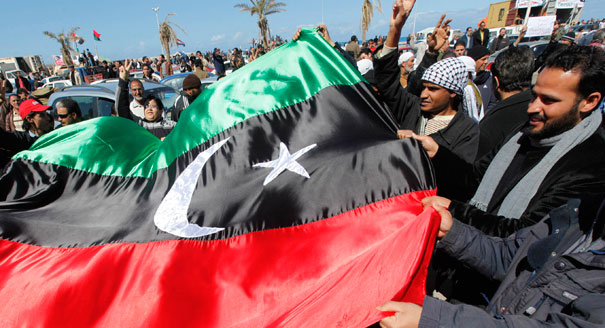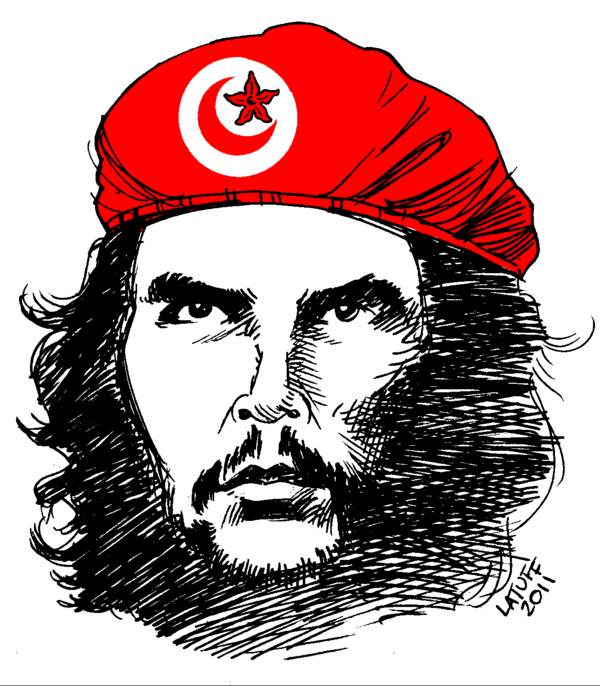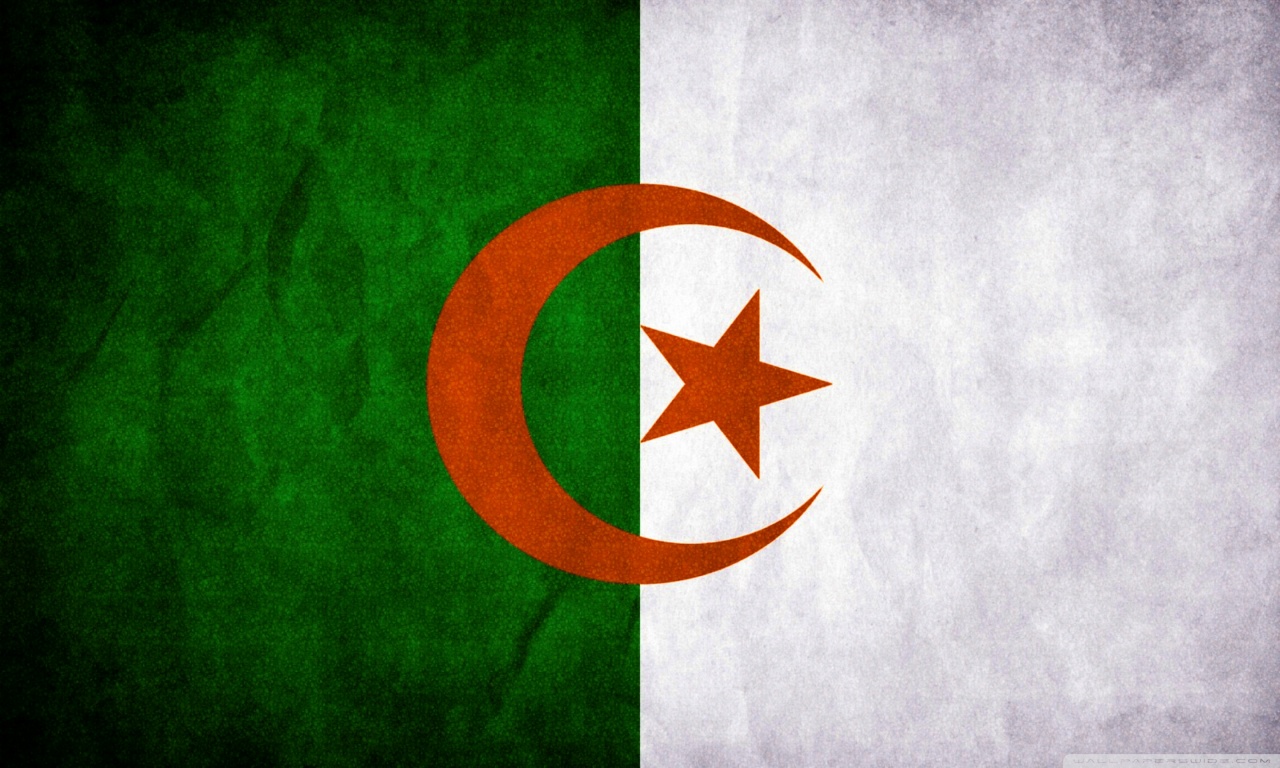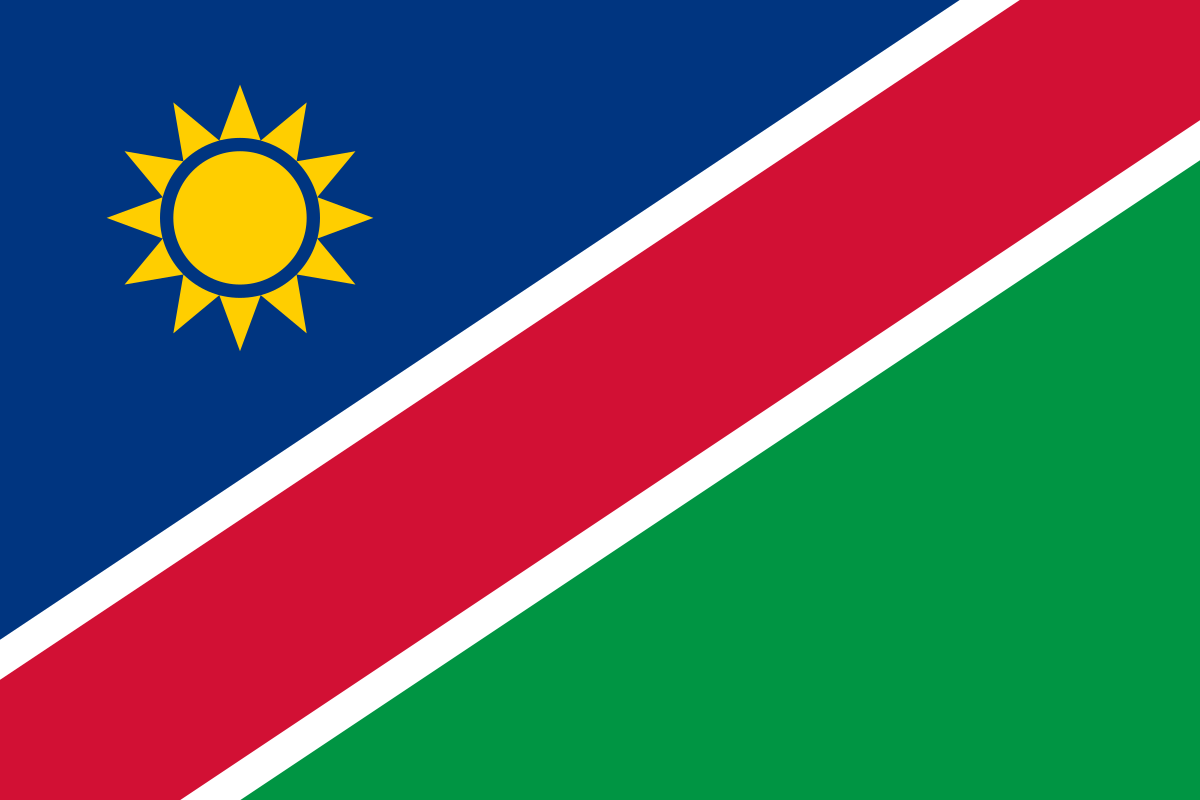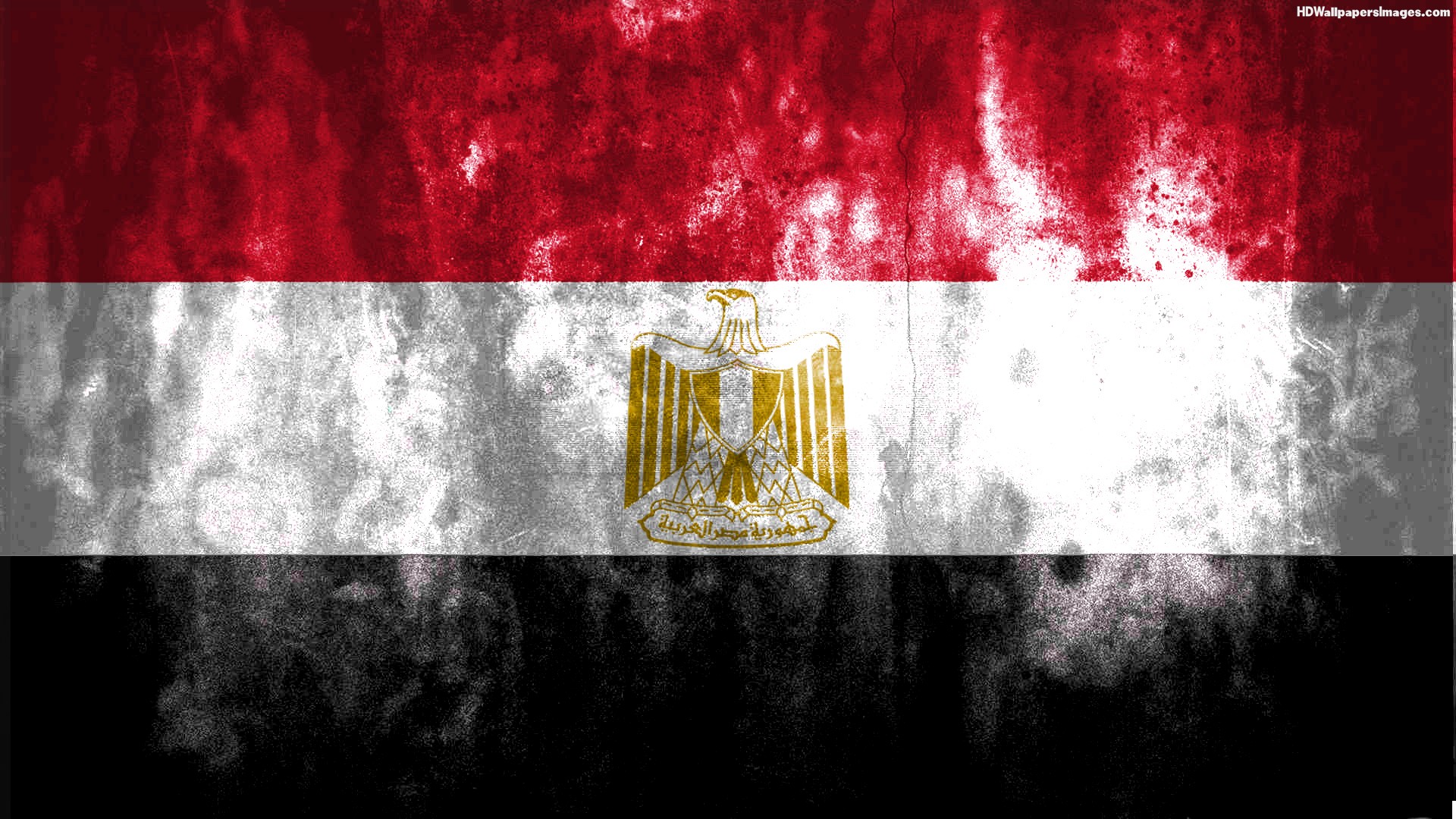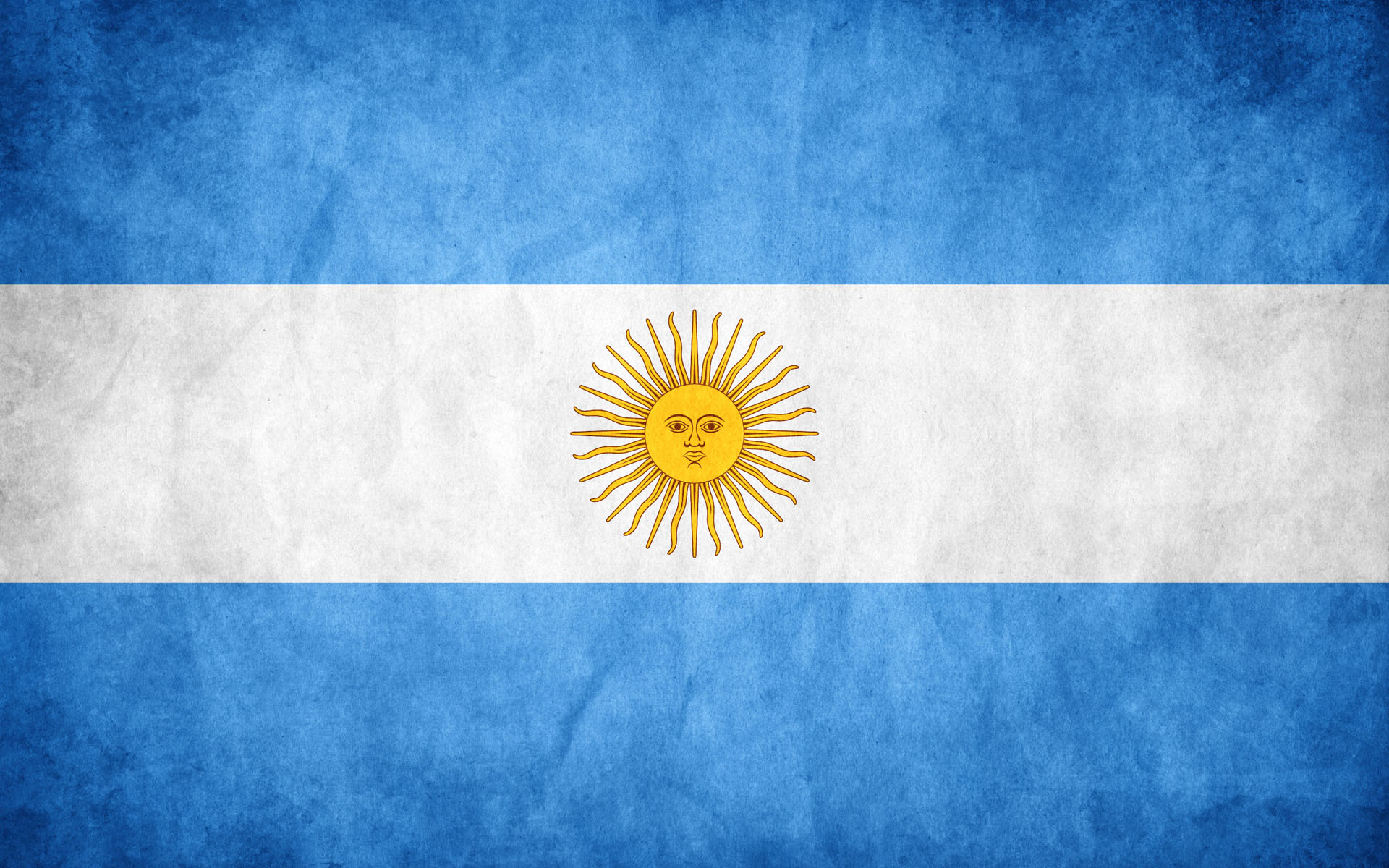Nord Stream project 2 in common understanding is gas project and the continuation of previous project. As we all know, the project belongs to Russian company, Gazprom alongside companies from France (Engie), Germany (Uniper and Wintershall), Austria (OMV) and Netherlands (Shell). Gazprom is a gas company which Russia holds in a 51% share of this company. Russia itself is the main supplier in fulfilling European Union gas. For developed countries, fossil fuels is an important commodity. Despite campaigns for using renewable energy in the future, fossil fuels still are primadona and favorite for developed countries and this includes all European Union country and specifically Germany.
Germany, as we know is one of the powerhouses in shaping the European Union policy. Germany’s economy is among the largest besides France and also in the global arena with their ordoliberalism doctrine. In time of euro crisis 2008 until now, Germany has succeeded in maintaining stability in the market. They have significant influence in EU policy, especially in economy and foreign policy. Germany is also one of the “green member” in EU whose support environmentally energy policy.
Talking about Nord Stream Project 2 , European Union have a clear position that they do not support the project. The reason is political rather than economical. Nord Stream Project 2 will bring Russia to have greater power in Europe. Until now, Russia has been the main supplier to EU with quiet high number of percentage, 40%. With this number, risk to gas deficit is high and it depends on whether their relationship is in good shape or not. Contradiction with EU position, Germany have their own reason to accept the project.
No one will ever doubt that Germany is one of the biggest economies in the European Union. From 2015-2017, Germany shows positive development in their GDP with 1.5% in 2015, 1.86% in 2016 and significant increased in 2017 with 2.51%. Increase in foreign demand and value added in manufacturing industry has cause Germany macroeconomic, especially in 2017 grow high which leads to bigger investment in Germany. Labor market also performs positive with unemployment rate decrease from 6.1% in 2016 to 5.7% 2017.
Their positive development in macroeconomic, like it or not always increase energy consumption. Energy consumption in 2017 is peaked to 13,550 Petajoule (PJ) which means that several energy sectors suffer increasing in consumption. The most widely used of energy in Germany is mineral and natural gas. As for natural gas, increase uses at 24% compare to 2016 on it’s primary energy consumption share. Since Germany does not have natural gas supply, they need to import from other countries to fulfill their needs. Despite fluctuation in LNG price, one must know that even LNG price is quite cheap, but shipment cost is another thing.
Although Germany-Russia relations is deteriorated, consider Russia behavior lately, and Germany does not implement ostpolitik (A view that Russia’s is strategic partnership to Germany) to Russia anymore, Nord Stream Project 2 can benefit Germany. Ma. Nord Stream Project 2 will reduce shipment cost for Germany and balance sheet of suppliers. Chancellor Merkel accepting this project is also affirmation that Germany-Russia relations is “business as usual”.
What makes Germany accept this project is rather interesting. Despite some reluctance and rejection in European Union institution about this project, Germany is ignoring them and prefers to fulfill their national interest. But I think Germany behavior is reasonable. Any country will always put their national interest first. There are people needs to be taking care of. If Germany stands idly by putting European Union rule of law and policy first rather than their people, all I can say is that they fail as a country. Every country is rational, they know what benefits them and what is not. It is not that my opinion bring Germany to bad position and agains the European Union, I think when Chancellor Merkel affirmed that Germany acceptance in this project for German reason balance between his position in European Union and fulfilling their national interest. Germany is great support for the European Union solidarity and integration, but European Union knowing well and taken fully consideration that after Brexit, they need to solidify even more and EU needs Germany as a main power alongside France to make EU greater. Furthermore, taking the consideration that this project is a joint venture between Gazprom and five companies from Germany, Austria, Netherlands, and France and also Germany is a gas importer who depend their needs from abroad. Any chance to reduce shipment cost will be taken by any country.
Rizky Ridho Pratomo is an International Relations student at National Development “Veteran” Jakarta University.

